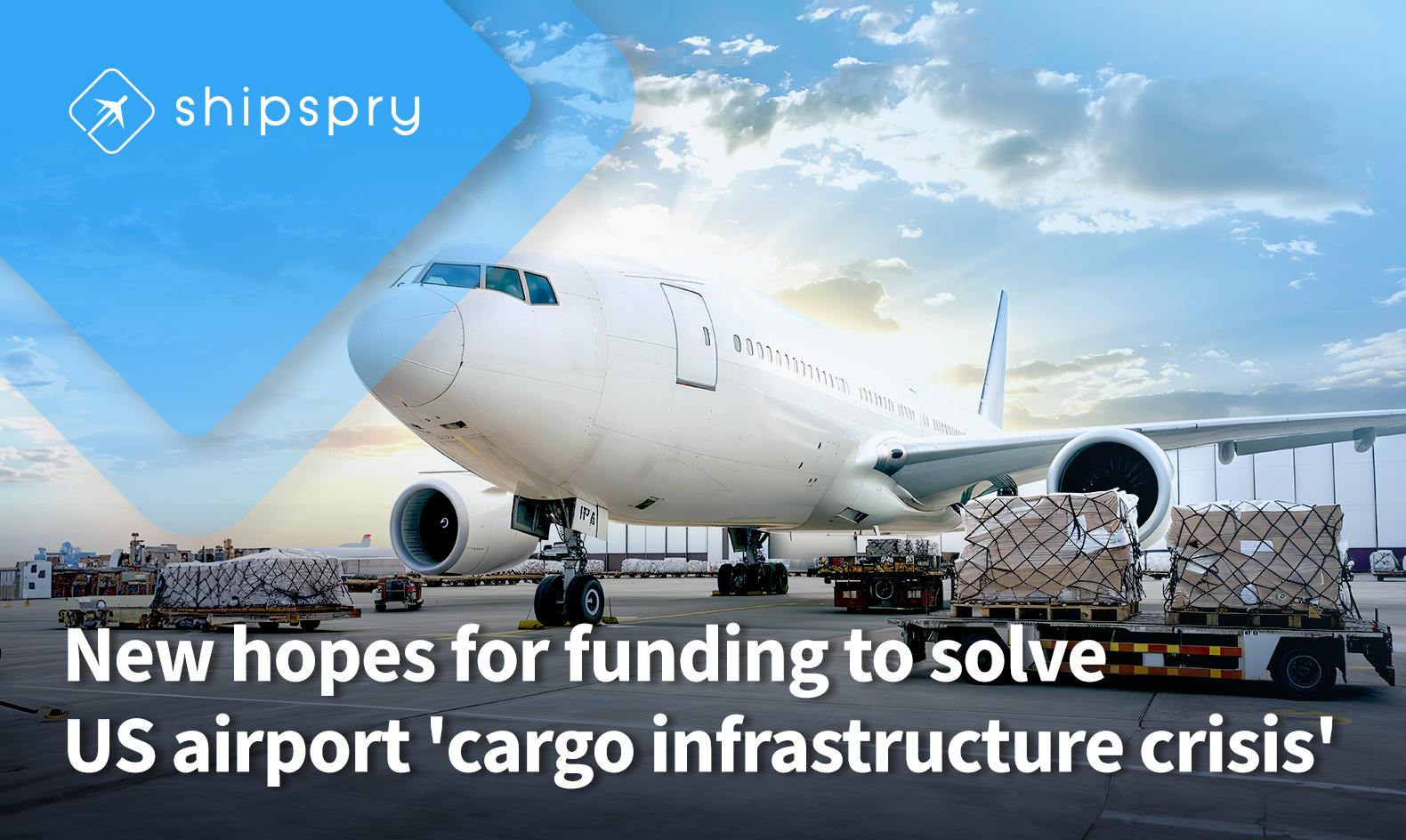US Airfreight Congestion Eases with New Efforts and Anticipated Government Funding
1. Progress in Alleviating Airfreight Congestion at US Gateways
Efforts to tackle the persistent congestion at US airfreight gateways are starting to show promising results. Industry leaders are optimistic about receiving imminent government funding to address the chronic bottlenecks at the nation’s busiest airports, which have long been a source of frustration for the air cargo sector.
2. Legislative Victory for Airfreight Industry
Brandon Fried, Executive Director of the US Airforwarders Association (AfA), highlighted the significance of recent amendments to the FAA Authorization Act. These amendments have been instrumental in pushing for a solution to truck congestion in airport cargo terminals, which has been a pressing issue for years. “We secured a key provision in the act, mandating the Government Accountability Office (GAO) to study the impact of congestion on US trade,” said Fried.
3. Government Accountability Office (GAO) Study Underway
With the inclusion of this provision, the GAO is now legally obligated to conduct the study, which must be completed within the next nine months. Fried noted that the GAO has already made progress in this crucial study, which aims to quantify the extent of congestion and its effects on trade, providing a data-driven foundation for future funding and infrastructure improvements.
4. Decades of Neglect in Cargo Infrastructure Investment
Despite the growing importance of airfreight, many of the major US gateway airports have seen little to no investment in cargo-area infrastructure for over 40 years. Although funding has been available since 2015, most of it has been diverted to passenger, safety, and security needs, particularly in the wake of the pandemic. Fried emphasized that the airfreight sector is facing an “infrastructure crisis,” with an estimated $5 billion in additional funding needed to address the deficiencies in cargo terminals.
5. Focus on Critical “Category X” Airports
When asked which airports are most in need of infrastructure upgrades, Fried pointed to the “Category X” gateways, which include major hubs like Chicago, Los Angeles, Miami, New York JFK, and Seattle. Many of these facilities were built before the advent of larger truck trailers, adding to the congestion challenges. Fried expressed hope that the new legislation would not only provide the necessary funding but also equip airports with the tools required to renovate and modernize their cargo terminals.
6. A Step Towards National and Global Solutions
Fried views the recent legislative developments as a crucial step in validating the issues faced by the airfreight industry. He believes this foundation will pave the way for future funding legislation, enabling the much-needed renovation of US airports. While these challenges are particularly acute in the US, Fried acknowledged that they are not unique to the country, indicating a broader need for infrastructure improvements in the global airfreight sector.
Source: The Loadstar
 August 28, 2024 - By : admin
August 28, 2024 - By : admin